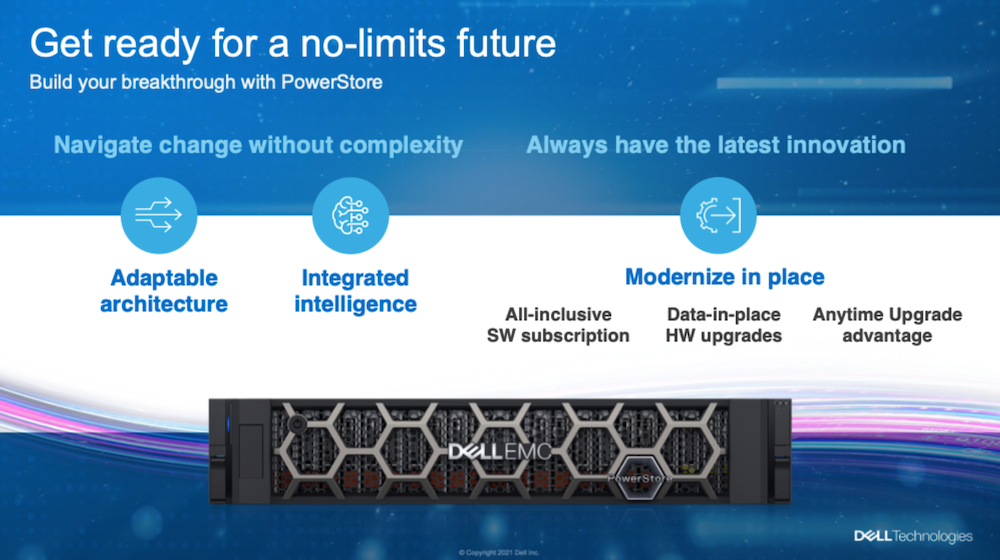I think that there is some interesting discussion to be had from Hu’s latest blog in response to my own comments and thoughts about whether storage virtualisation as demonstrated by the external storage virtualisation devices has a long-term future.
The response is not really to do with virtualisation at all; it is all about aligning IT and Business. He talks about an all too familiar case where storage decisions are made locally by the Business Units and the procurement strategy does not take account of the long-term health of the group; ongoing OpEx costs are not born by individual business units and become the problem of the IT department. The concept and value of shared infrastructure was not really understood by the Business.
But I suspect that these very same Business Units will be happy to use Cloud-based services, Infrastructure as a Service etc, concepts which are built on multi-tenanted shared external infrastructure. Why? Because they can deploy rapidly and flexibly; they don’t need to engage the slow and cumbersome IT department and they feel that they are masters of their own destiny.
Storage virtualisation won’t bring these Business Units back but storage virtualisation may enable IT to put together a flexible and responsive service catalogue. CIOs need to engage with their customers and understand what they want but they need the support of vendors to clearly demonstrate cost to their customers and to their boards.
The service must be something that the customer wants, customers do not understand why it takes weeks to provision servers, storage and networks. They can go down to PC World and the likes and pick things off the shelf *NOW*.
The more savvy customer knows that they can enter a credit card number into a cloud provider and can provision dozens of servers much quicker than the IT department can and what’s more, they can turn them off again equally quickly and not be stuck with kit that they do not need and do not want.
Customers want dynamic, flexible infrastructures which can rapidly respond to their needs; Corporate IT departments along with their vendors have been pretty poor at providing these. Virtualisation and abstracted infrastructures are enabling technologies but Hu’s right in that people and processes are key…
As for external storage virtualisation devices, I still wonder if they are the future? They are not necessary to provide the service and if I was building a green-field data centre with no legacy to deal with, I am not sure I would deploy them.
Infrastructure provision is at an interesting inflection point; if you don’t understand this and your customers do, you have got a problem.




